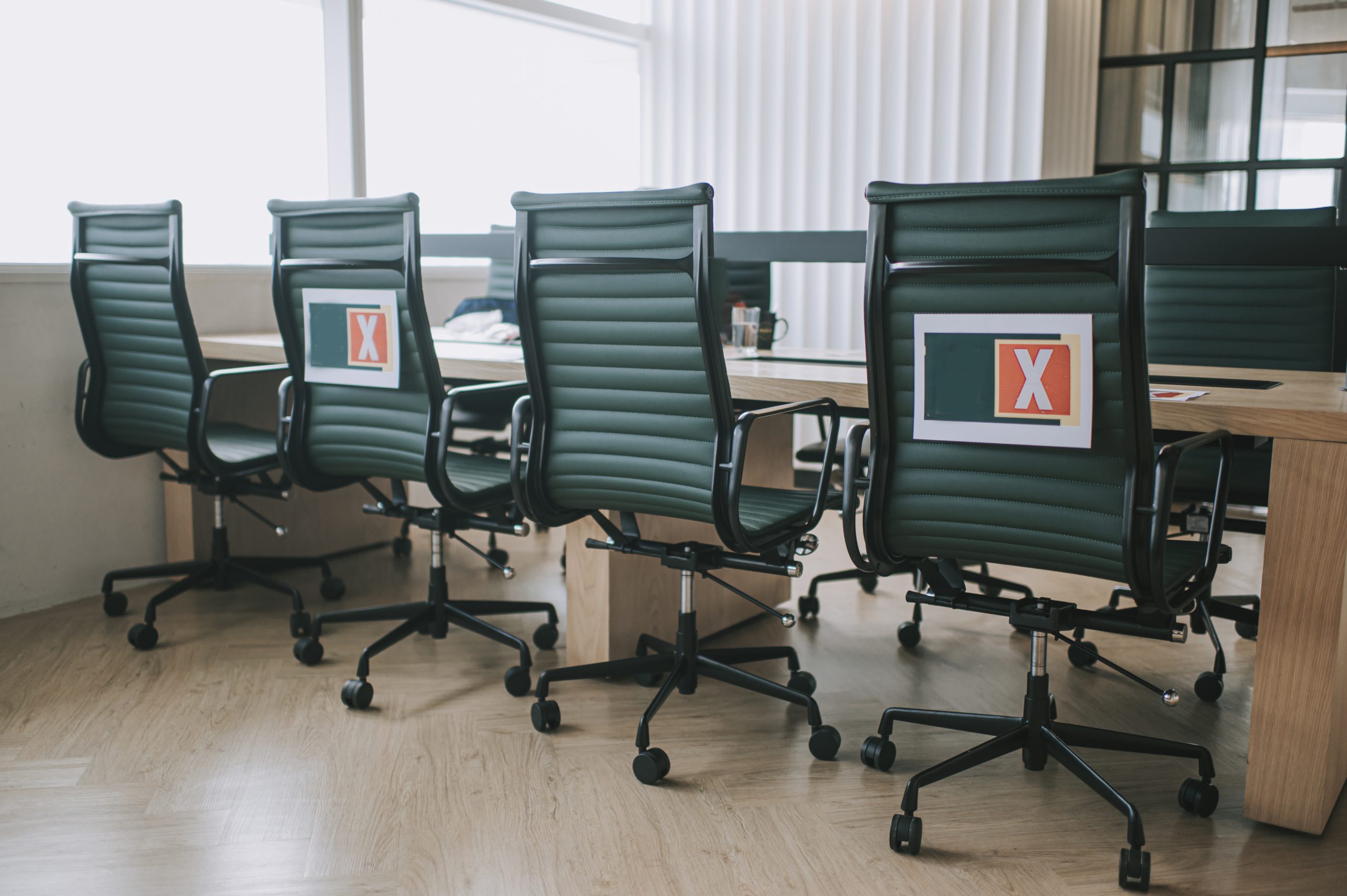Award Magazine, October 2020, by Natalie Bruckner
While the mechanical and HVAC sector was impacted at the beginning of the year as a result of COVID-19 measures, activity started to rise again in July and is expected to continue into the foreseeable future, according to the experts.
“Obviously, the pandemic is a big change for everyone, but a somewhat unexpected change for our sector,” says Sheldon Samborsky, team lead, mechanical at Williams Engineering. “Clients and the public are now much more aware and interested in the role HVAC plays in building air quality and our safety. Whether it is to plan a return to work in a building or just to improve the conditions in their own homes where we suddenly have to spend much more time, the sudden growth in awareness surrounding HVAC systems has been frankly astounding.”
Samborsky adds that the challenge now is figuring out how to capitalize on this interest to influence how people think about their interactions with HVAC systems and what they desire from those HVAC systems. Clients are also showing interest in energy-efficient design choices, and Samborsky explains that an increasing number are pushing consultants to demonstrate life cycle efficiencies of equipment and systems as a way to evaluate options during design. “This has been done for some time with major institutional clients but is spreading to smaller noninstitutional clients as well. To me, this is an exciting change that may mean more effort for consultants, and ultimately better design outcomes and better energy efficiency in HVAC systems.”
One project that showcases the capabilities of Williams Engineering is the new sports centre in Edmonton, the Coronation Community Recreation Sports Centre. It will house a wood cycling track that must be kept at proper humidity and temperature levels to be used safely. “The challenge is creating a stable indoor atmosphere despite what may be happening outdoors. Using a high-efficiency outdoor air energy recovery core, a chilled water dehumidification, and waste heat recovery coils, the ventilation systems will cool and dehumidify air during the summer months and ensure the track and the sports centre remain comfortable. The recovered energy systems used for dehumidification will reduce consumption dramatically in what is typically an energy-intensive process.”
Read the full article Award Magazine: Lessons-From-COVID-19
